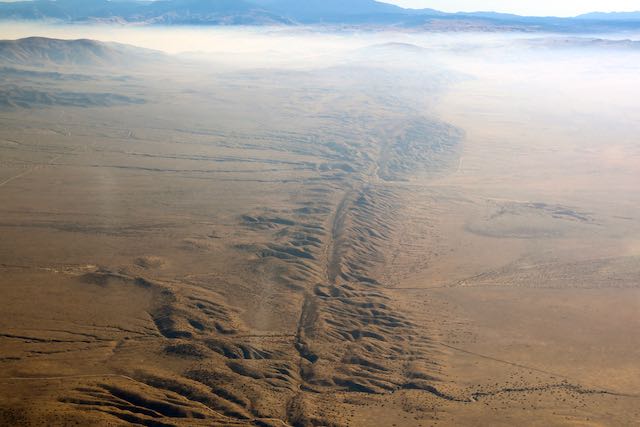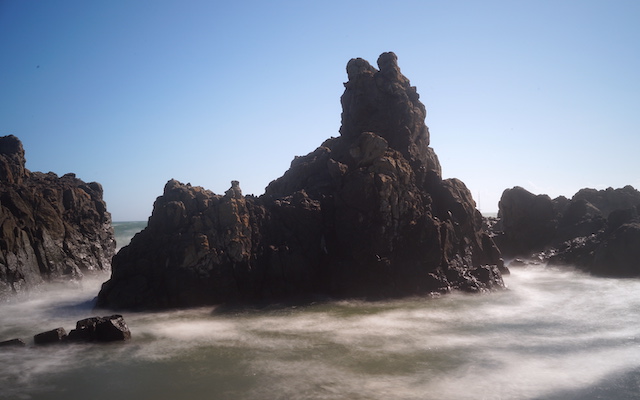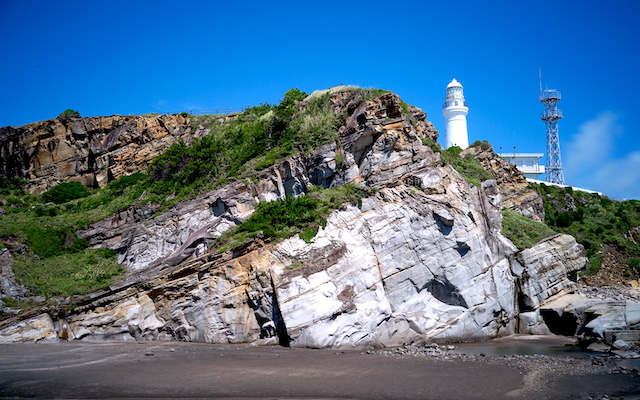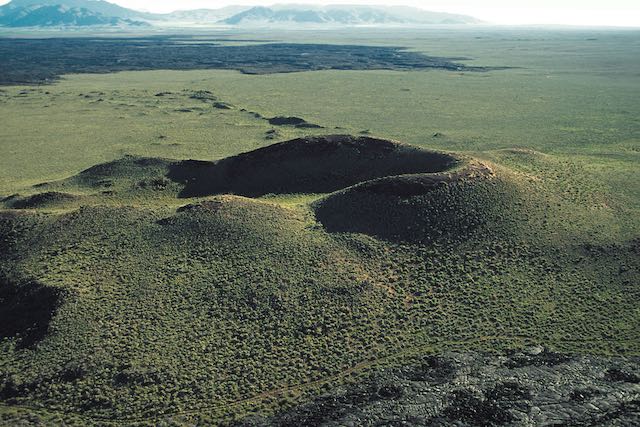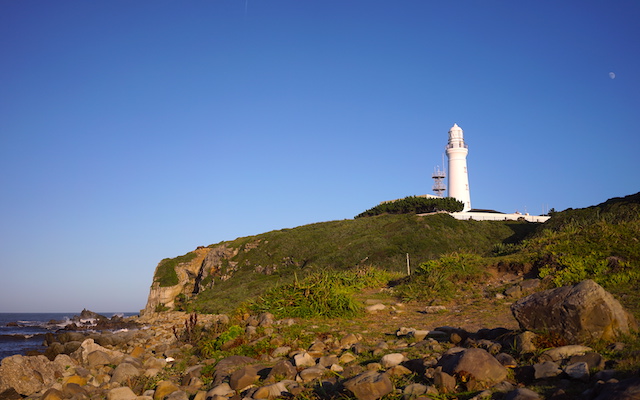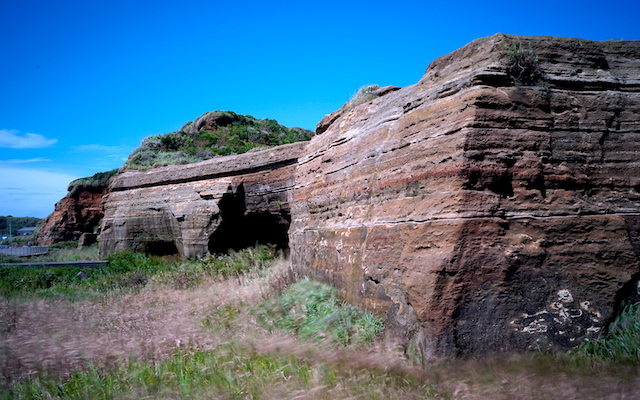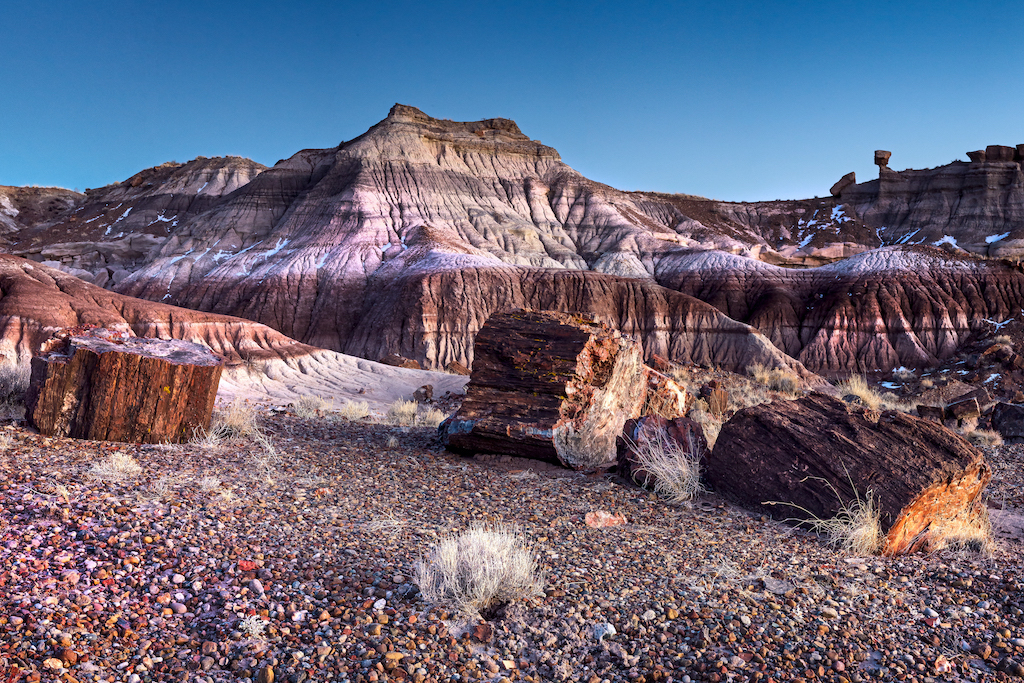
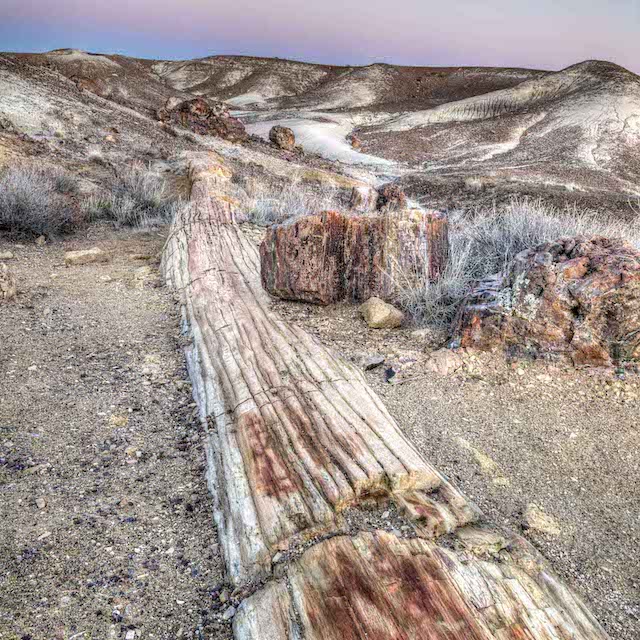
Giant trees buried in volcanic ash become colorful jasper
A huge tree lying in a desolate rocky desert. At first glance, it looks like a tree, but upon closer inspection, it is a rock.
In the “Fossil Forest National Park” in Arizona, USA, there are fossilized trees like the one in the photo lying here and there. These fossils, called silicified wood, are the result of ancient forest trees that were swept away by floods and buried in volcanic ash sand, where their wood components were replaced by silicon dioxide
Moreover, the silicified wood here was not only replaced by silicon dioxide, but also took in the iron and manganese contained in the volcanic ash sand, resulting in the colorful jasper. Jasper is a type of gemstone, a member of the agate, opal, and quartz crystal family. That is why the Fossil Forest National Park is also known as the “Rainbow Forest” or the “Crystal Forest”.
Let’s take a look at the actual cross section. It’s very beautiful, colored in red and yellow.
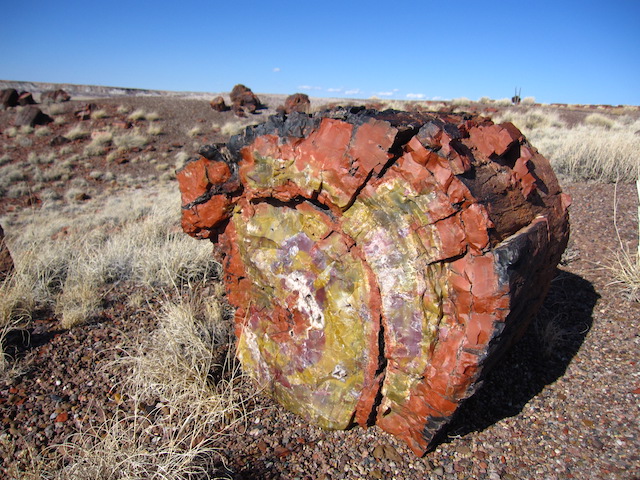
Silicon dioxide itself is a component of quartz crystal, so it is colorless and transparent, but as mentioned above, impurities such as iron and manganese have been incorporated, resulting in this vivid color. The fiery red color is particularly beautiful, and this red comes from iron oxide. Silicified wood can be found in many parts of the world, but nowhere else in the world can you find silicified wood with such rich colors.
Both jasper and agate are made up of minute quartz crystals
Now, jasper is a mineral that is mainly composed of silicon dioxide, but there are a few others that are very similar. For example, agate, opal, and chalcedony.
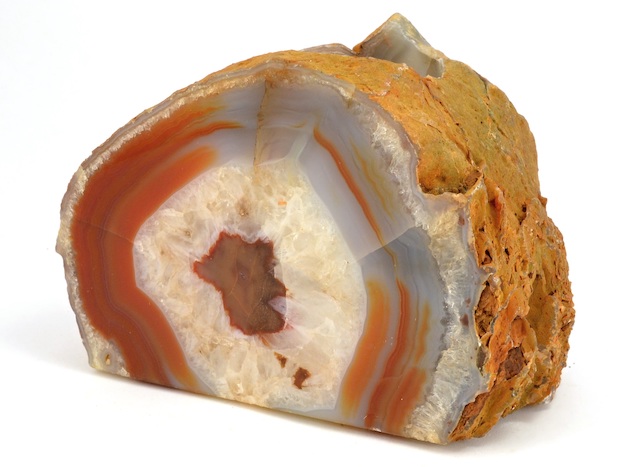
All of these minerals are made up of minute quartz crystals, and they are basically just called different names depending on their color. Jasper is characterized by being darker and more opaque than agate and chalcedony. Also, as is well known, opal has a unique rainbow color.
In fact, the glass that we are familiar with is also made of silicon dioxide. Glass is indeed transparent and beautiful, but it seems different from jewels such as jasper and quartz crystals, doesn’t it? It may be a little surprising to hear that they have the same ingredients.
What’s the difference? In the case of glass, the silicon dioxide molecules are not lined up in an orderly fashion and do not form crystals. In other words, from the viewpoint of crystals, the following is a summary.
- Jasper, agate, opal, chalcedony: a collection of fine silicon dioxide crystals
- Quartz crystals: large, growing silicon dioxide crystals
- Glass: Silicon dioxide that has not formed into crystals
The same silicon dioxide can take on a variety of forms, depending on how it is crystallized and the impurities it contains.
The fossil forest was originally a tropical forest
By the way, if you look at the photo of Fossil Forest National Park at the beginning of this article, you will see that the entire area is a desolate rocky desert, which does not look like a forest. The number of silicified trees lying on the ground is too small to be called a forest.
However, it is said that there used to be a tropical forest in this area when the huge trees that were the source of silicified wood were brought here by floods. That was about 225 million years ago.
The continent was in a different location from where it is today, and this area, including Arizona, belonged to a tropical region with wet and dry seasons. Many of the silicified trees in Fossil Forest National Park were found in a collapsed state, so they were probably brought in from other places by the floods during the rainy season.
Of course, this does not mean that there were no trees in the area at all. In fact, some silicified trees have been found in the form of stumps, so there must have been some trees that grew here. But most of them were brought in from other places.
The trees carried by the floods accumulated in the river channel, which is the path of water flow. This time, sand containing a lot of volcanic ash flowed into the river channel from another place. Since there was a volcano to the west, although far away, this area apparently experienced periodic burial by volcanic ashy sediment.
Thus, the trees buried in the volcanic ash sediment were isolated underground without decay. Then, silicon dioxide, a component of the volcanic ash, dissolved in the water that seeped in from the ground surface, and the continued immersion in that water transformed the fresh trees into silicified wood.
Over the years, the soil and sand on the surface of the earth eroded, and the silicified trees that had been buried underground came to the surface, creating the present-day Fossil Forest National Park. However, the silicified trees that have appeared on the surface of the earth are still only a small part of the total, and it is estimated that many more silicified trees are buried under the park at a depth of about 90 meters. The reason why there are not enough silicified trees in Fossil Forest National Park to be called a “forest” is because many of them are buried underground.
The original silicified tree is Araucaria, a species of cedar distributed in tropical and temperate zones. This species is extinct in the northern hemisphere, but can still be found in some parts of the southern hemisphere (Southeast Asia, Australia, Central and South America, etc.).
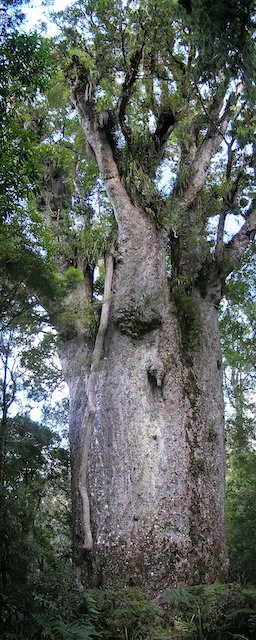
Araucaria itself can be considered a living fossil, since the same trees that survived in forests more than 200 million years ago are still alive today.
References
Katsuaki Watanabe (2020) Utsukushisugiru chigaku Jiten (Handbook of the Most Beautiful Geological Wonders), Tokyo: Shuwa System [published in Japanese].
Wikipedia | Petrified Forest National Park
Location
Translated with www.DeepL.com/Translator (free version)



